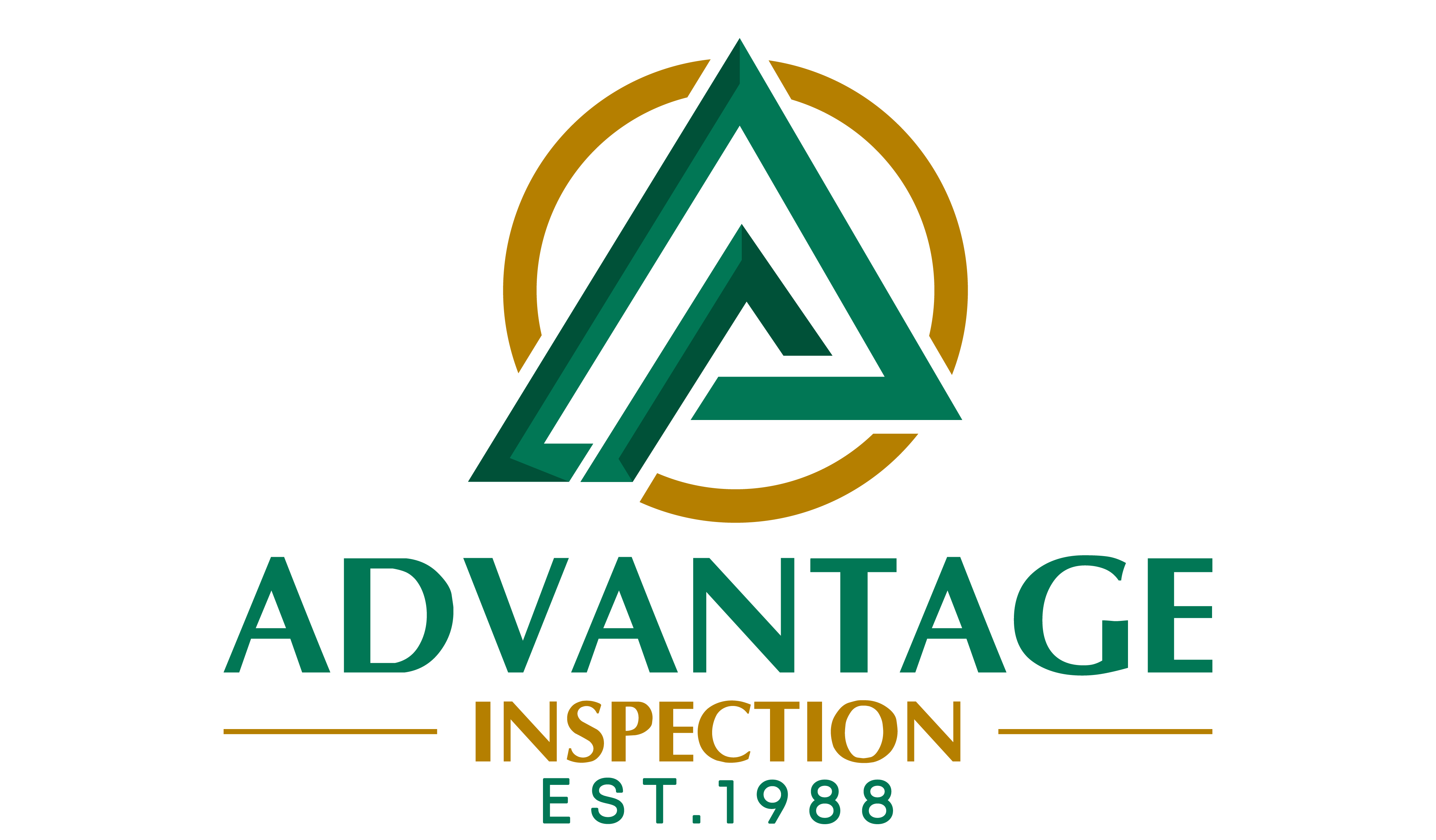We all should know that a home inspection is a “general” examination of both safety and mechanical conditions present in a home. A qualified home inspector will assess all issues that can affect the property’s value. A home inspector will identify all visibly adverse conditions that present themselves during the inspection. The inspection does not include a structural evaluation of the conditions that are identified, nor should an inspector speculate as to what any structural conditions might be. Just report the facts! Most home inspectors are just that…home inspectors. Trained to identify adverse conditions alone, not general contractors or engineers that can provide further evaluation of the extent of damage and/or structural integrity of the conditions present. Should an inspector be asked by a client about the extent of damage and/or structural integrity of the conditions identified, the inspector should only be general with the response, indicating only what was seen. And if the point source or the cause of the damage is not known, indicate that the extent of damage is limited to what is visible and may be more extensive but may not be fully determined due to concealed areas in the house.
Your job is to report adverse conditions alone! When you provide more information than what you observe, the speculation you provided puts you at risk and possibly labeled as an alarmist! Feedback from agents suggesting that more information was provided at an inspection than should have been makes all of us look like we are less than professional and will not be tolerated. Each of us are individuals, but our reporting software and the method in which we perform our inspections (discovery part which provides the liability assessment and education about home maintenance) will present an inspection that is consistent with all inspectors. The way in which an inspector can differentiate themselves from other inspectors is at the introduction of the inspection and then at the end of an inspection.
Your introduction to the client/agent should be short and to the point. Read your client/agent to determine how much they want to be involved and limit small talk to just what is necessary to flow from your introduction to getting started with the inspection. A well-presented introduction including what you will be inspecting, when done properly will instill confidence and trust in you as the professional that was hoped for by the client. Your closing is also crucial to your inspection. Reviewing of the photos that were taken (using your phone, camera, or tablet) demonstrates how comprehensive you performed the inspection. Multiple photos of an attic and foundation crawlspace (even if you do not use them in your report) shows that you looked at all possible areas in the house. Your narrative of what the photos being displayed represent, should not have any emotion in it. Just report the facts while explaining that all adverse conditions can be repaired. Again, let the professional contractor and/or engineer determine the extent of repairs necessary and cost to complete them. It is imperative that you review your inspection with the client, hopefully at the inspection but, if necessary, with a phone call sometime after the inspection!
All of us provide great inspections but the introduction and closing at the time of the inspection is what sets us up to be the higher level of professional I know that we all are.
Keep up the great work and stay thirsty my friends!
Glenn Lobsinger
Advantage Inspection | Advantage NC
advantagenc.com
919.850.2526



Recent Comments